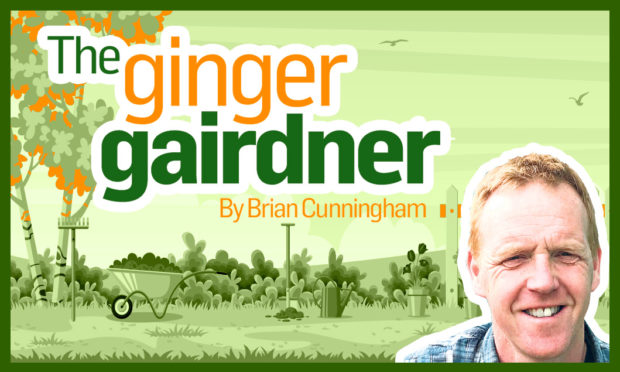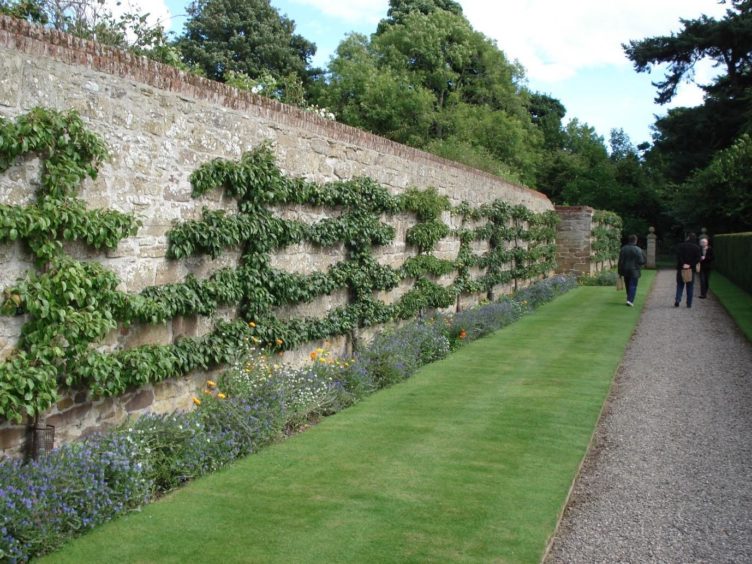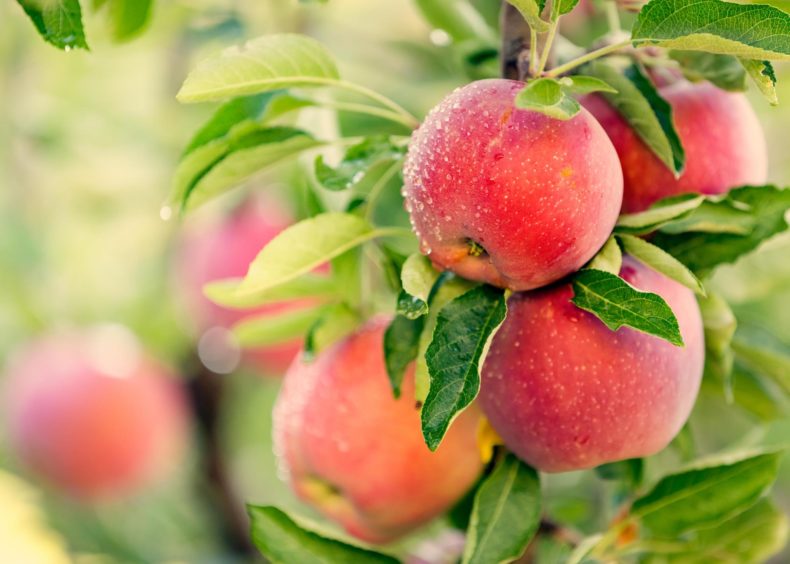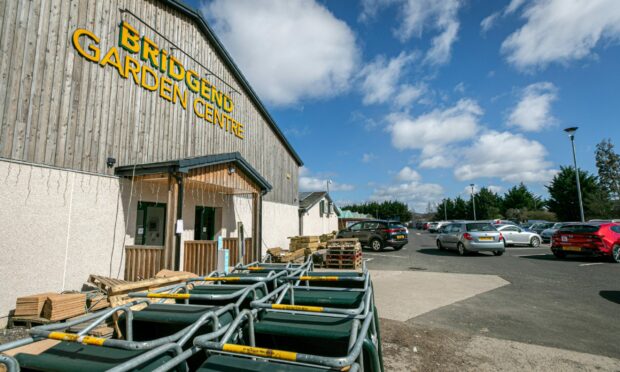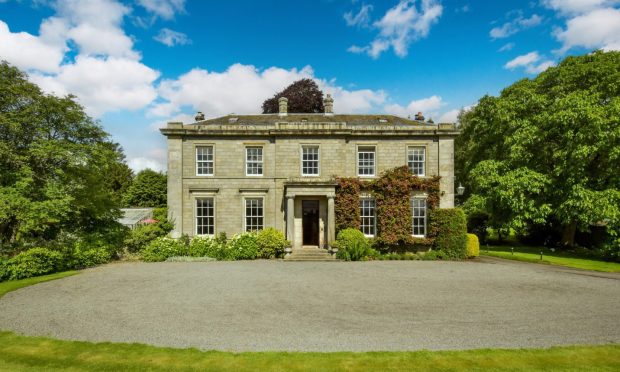I find the sight of apple trees laden with glorious fruit comforting. I think it’s part of me accepting the changing of the seasons as we move into autumn.
I get how some people can see the withering plants and darkening days as a negative, but I see this time of year as exciting as spring or summer. I love all the changing colours of the trees and shrubs, with their falling leaves carpeting the grounds below. I guess this is what happens when you work outdoors every day.
It’s likely I get this comforting feeling as, when I see these apples, I automatically think of apple crumble and custard.
In my career up until now I haven’t worked much with fruit. During my apprenticeship at Craigtoun Park outside St Andrews, I was trained on just about every other aspect of horticulture, all under the guidance of a team who achieved gold-winning display medals at Chelsea and Hampton Court flower shows.
Mountain plants
I developed a love for mountain plants and their conservation during my time working in the rock garden and alpine department of the Royal Botanical Gardens Edinburgh, where I also learnt about the amazing experiences of the plant hunters who would often push themselves to their limits in order to satisfy our craving for new plants. Reading a story on their lives, or of another significant figure in horticultural history, would still be my first book of choice to read.
Today I feel privileged to ply my trade as head gardener in the historical gardens and grounds of Scone Palace, Perth. I’m making up for lost time by growing soft fruits such as Saskatoon, gooseberries and autumn raspberries and also pear, plum and apple trees.
As part of bringing a four acre, 200-year old walled garden back to life, I’ve laid out two orchards, one of pear and the other of apple. I’m never going to have the luxury of having the 30 gardeners who once would have worked the soil here, so today I’m trying to keep things relatively simple being creative with the use of topiary, growing these fruit trees in spindle and pyramid forms, making these orchards attractive as well as productive.
Being able to manipulate the growth of fruit trees in such ways as creating cone shapes like I’m doing, allows us gardeners to take advantage of whatever space we have to garden. Owners of traditional orchards with plenty room to spare are happy to see their apple trees grow to their full potential of over five metres tall. However most of us have more conventional-sized gardens or only a balcony or small courtyard, and are looking to more restrictive forms of growing apple trees.
Dwarf bush trees are suitable for most gardens, reaching around a couple of metres tall, whilst others are perfect for containers although the height of the tree will depend on the rootstock to which apple or pear variety has been grafted on to.
The ultimate for space saving are the training techniques that allow for growing fruit trees flat against the wall of your house.
A wire support system will be required to achieve any of the number of different techniques there are, all of which will add a touch of class to your garden.
Fan-training is the most productive, but I can’t see past the formal, symmetrical effect achieved through espalier training where the branches grow horizontally along the support wires spaced 45-60cm apart. A wonderful example of this can be seen in the gardens of the House of Dun near Montrose.
The cordon method is perfect for those gardening in a small space. Here we have a tree that has a single main trunk grown at a 45 degree angle that only needs 70cm space between itself and the neighbouring plant. Along a four metre wall that would take a single fan or espaliered tree, you could grow four different varieties of apples or pears as cordons.
Considering the amount of varieties available, we don’t get many to choose from in the supermarkets, which is a shame, but naturally the growers will go for reliable, good growers and croppers.
Apple variety ‘James Grieve’ is my all time favourite eating or ‘dessert’ apple, great for the Scottish climate, especially for us over in the east as it has frost resistant flowers. Lovely and juicy I’ve had a few off my own tree already. Never mind the famous ‘Bramley’ as a cooking apple at home we have been making crumble out of the very large ‘Howgate Wonder’. I don’t think I’ve ever seen an apple so big.
I can only imagine if one of these big boys had fallen on Newton’s head the course of history may have changed!
Harvesting tip:
Apples are ready to be picked from the tree when they come off the branch after a gentle twist, usually about a quarter of a turn. Fruits that are undamaged can be stored in a cool, dark, frost free place with good ventilation for eating over the darker months.
Brian Cunningham is a presenter on the BBC’s Beechgrove Garden and head gardener at Scone Palace. Follow him on Twitter @gingergairdner.
